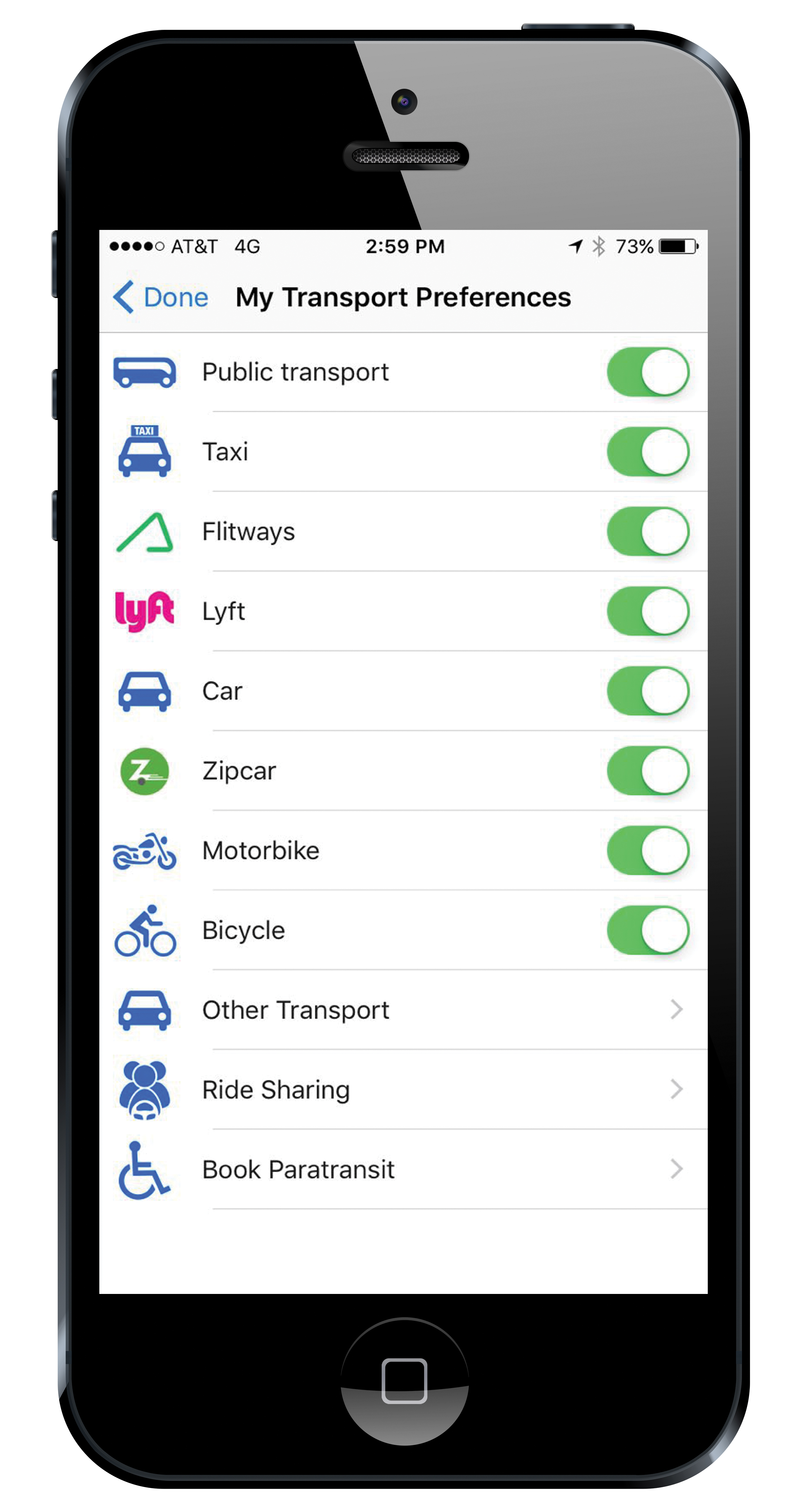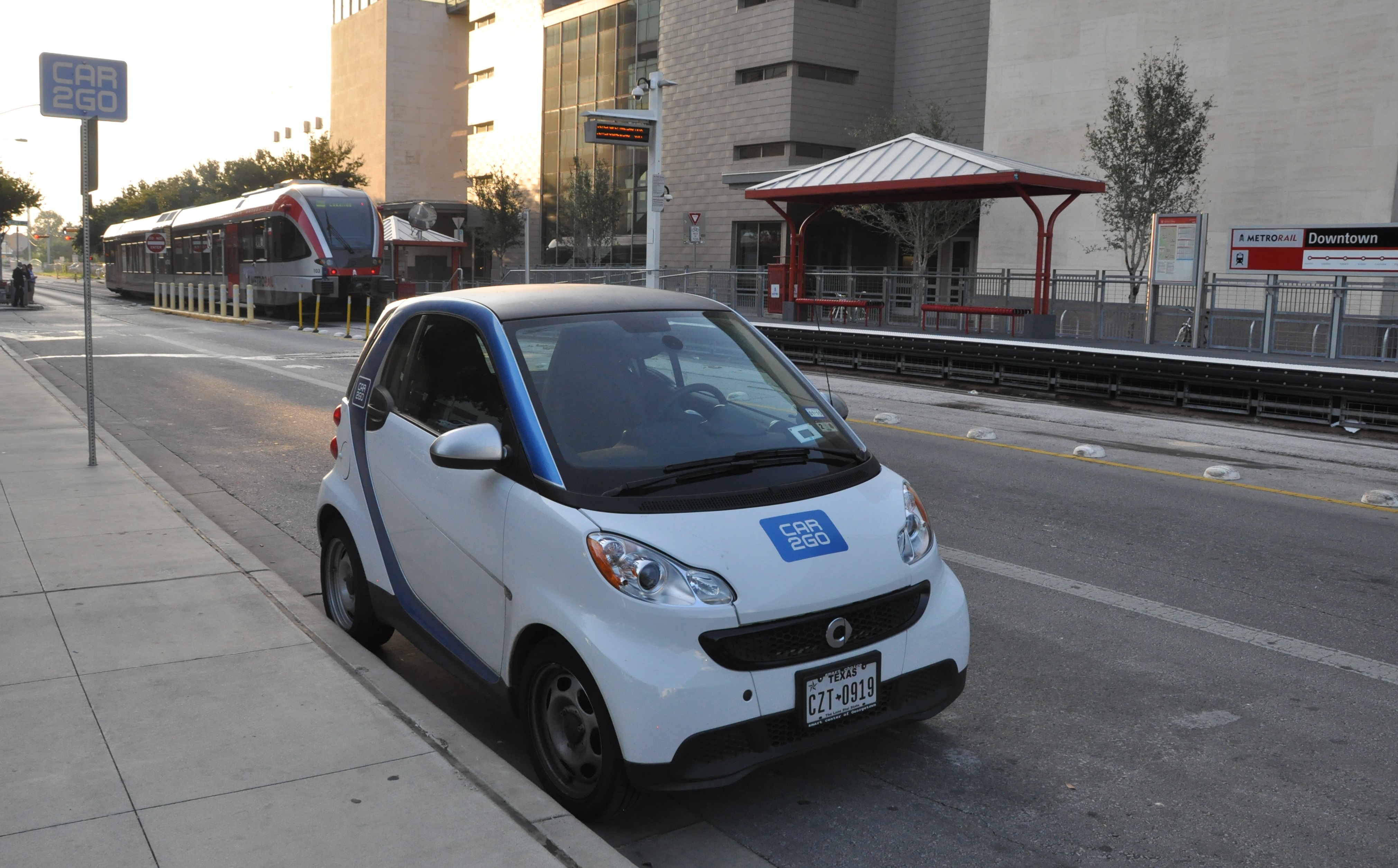
Andrew Bardin Williams looks at a new mobility app in Los Angeles and Denver that brings Mobility as a Service one step closer.
Commuting today doesn’t have to require a single modal route. You can take Uber to the nearest light-rail station or a bus to the commuter line. Then on the other end of your trip, you can book a bikeshare the rest of the way to your office. For many who live in major metropolitan areas around the US this is a distinct reality as new ways to move from Point A to Point B continue to close the first and last mile transportation gap.
Now imagine being able to plan, book and pay for the entire trip with a single click on your mobile phone.
Residents and visitors to Denver and Los Angeles don’t have to imagine. Mobility as a Service (MaaS) is currently in operation in the two US cities through a pilot program for
According to Richard Harris, a solution director for the company’s MaaS division, Xerox developed the app because many authorities fail to integrate various applications. “It is one app, for one system in one city and each with their own backend systems – that’s poor use of information technology. Users need to sign up again and again for schemes like bike sharing, smart travel cards, rail tickets, car parking – even in the same city and all the back office systems hold much of the same information. That’s nonsense. Our Mobility Companion brings all those together in a common backend.”
In addition to launching the Xerox Mobility Companion app, the company has since helped found an MaaS Alliance along with other vendors and transit agencies from around the world in hope of achieving a single solution for users to book and pay for dozens of the transportation systems available to them.
“We want to change the way cities manage their transportation systems and make cities more liveable on a people level,” Harris said.
This is especially important as Millennials continue to cultivate vastly different transportation priorities than their parents and grandparents. More urban than previous generations, young people live and work in downtown neighbourhoods, take advantage of public transportation, use sharing services such as Uber and bikeshare, and put less value on private ownership of automobiles.
They are the ones envisioning MaaS applications where they can plan, book and pay for various transit options in a single interface
Pilot Programs
The Xerox Mobility Companion app first launched in Los Angeles in January as
Then, starting in May, users have been able to book trips and purchase tickets directly in the app on select public and private providers. According to David Cummins, senior vice president of mobility services for Xerox, about one provider per month is being added to the payment feature. Lyft is the first provider to be included, slated to be rolled out in late May.
As the app learns more about its user’s individual travel preferences, it will eventually recommend and highlight personalised commuting options. Customers can also save trips they take often, like from home to work, in their “My Rides” area of the app. Cummins said that future releases will provide in-app alerts as congestion or service outages pop up on commonly-used trips and make recommendations for alternative routes.
Another planned feature will allow users to share travel information such as calories burned, tons of carbon emissions saved or money saved via social media networks such as Facebook—as well as the ability to identify others in the area who may be interested in rideshare.
In a press release announcing the service, Los Angeles Mayor Eric Garcetti said: "The Go LA app will help Angelenos get where they want to go by connecting smart technology with infrastructure.
Go LA gives users the opportunity to move around in smarter, faster, cheaper and greener ways by linking them to all the transportation options available to them – from freeways to Metro to bike routes."
App evolution
Xerox worked with local transportation service providers (TSPs) to integrate dozens of application program interfaces (APIs) into a single interface that could be accessed easily on users’ mobile phones.According to Cummins, it was fairly simple to integrate public transit options – as those APIs are typically readily available – but it is the ability to tap into the backend of private transportation service providers that differentiates Xerox’s Mobility Companion from other travel apps.
It’s often these TSPs – the Ubers, the Lyfts, the Biketowns of the world – that close the first and last mile gap and opens up multiple transit options from people’s homes and workplaces to fixed transportation assets such as bus stops, highways and subway stations. It’s Xerox’s belief that only itineraries that include these TSPs will be able to completely bridge all transportation options and efficiently move people from Point A to Point B as a true MaaS network.
“We want to show people that there are transportation options other than the car,” Cummins said. “We want to show how much it costs, how long it would take and what the impact on the environment is. Use cases for mobility change daily, and we want to make sure people have multiple options.”
The main differentiator, Cummins says, is the user’s ability to book and pay directly in the app – a feature that is continuously growing to include more TSPs.
Changing cities
While Xerox is mainly focused on the user experience of MaaS, the app provides a wealth of valuable data that cities and transit agencies can use to close coverage gaps, streamline service delivery and make transportation systems more cost efficient.According to Harris, it can typically be tough for transportation engineers to integrate data analytics across transportation networks as data can be siloed in various backend applications. Xerox Mobility Companion automatically collects information from multiple sources and allows engineers to visualise the big picture quicker and more intuitively.
In addition to making transportation more efficient, the data can be used by city authorities to make better informed decisions on evolving mobility issues – such as regulation of the sharing economy and ensuring a level playing field.
As Uber, Lyft and other disrupters continue to launch into new markets in the US, it’s up to the local municipality to make new rules governing those services while protecting existing systems and infrastructure. Data collected through a MaaS solution can only help inform those decisions.
The way we travel in the US is rapidly evolving. Given the right technology, 20th Century problems such as congestion, air pollution and inaccessibility will be resolved by getting more cars off the road through better planning and more use of alternative transportation options. The jury is still out, but it seems like the Xerox Mobility Companion app currently being trialled in Los Angeles and Denver is a step toward full MaaS platforms where anyone can plan, book and pay for combined-modal trips from a single app on their mobile phone.
The future is here. ABOUT THE AUTHOR: Andrew Bardin Williams is a freelance journalist and US Contributing Editor for ITS International.










